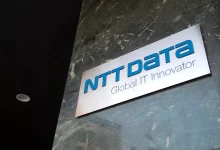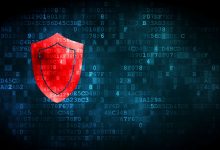Ransomware Attacks: Recent Trends and Implications
Ransomware attacks: Recent trends and implications
In recent years, ransomware attacks have become a significant threat to individuals, businesses, and even government organizations. These malicious cyber attacks involve the unauthorized encryption of a victim’s files and data by hackers, who then demand a ransom in exchange for decrypting the affected systems. Recent trends in ransomware attacks indicate that this form of cybercrime is becoming more sophisticated, widespread, and financially motivated, causing severe implications for its victims.
One notable trend in ransomware attacks is the increasing targeting of critical infrastructure sectors. Attackers have realized the potential for substantial financial gain by targeting organizations such as healthcare facilities, energy companies, and transportation systems. These attacks can disrupt essential services, compromising the safety and well-being of citizens, and resulting in significant economic losses.
Another trend is the shift towards more specific and targeted attacks, known as “big game hunting” or “human-operated” ransomware. Rather than sending out mass spam emails, ransomware operators now employ advanced techniques to identify high-value targets and gain unauthorized access to their networks. This approach allows hackers to maximize their profits by demanding larger ransoms from victims who cannot afford to lose access to their critical data.
Ransomware attacks have also become more multifaceted by incorporating data theft into their tactics. Hackers steal sensitive information from compromised networks before encrypting the data, leveraging it as leverage to pressure the victim organization into paying the ransom. This combination of encryption and data exfiltration amplifies the potential risk and damage to the victim, as data breaches not only result in loss of resources but also carry legal and reputational consequences.
Implications of ransomware attacks are far-reaching and extend beyond just the immediate financial costs. The disruption caused by these attacks can result in significant downtime and loss of productivity, affecting businesses of all sizes. In some instances, organizations are forced to shut down entirely, particularly if they have not taken adequate cybersecurity measures to prevent or mitigate such attacks.
Moreover, ransomware attacks have wider societal implications. For instance, attacks on healthcare systems can potentially put lives at risk by disabling critical medical equipment or hindering access to patient records. Similarly, attacks on utility providers can result in power outages, affecting thousands of people. The vulnerability of these essential services to ransomware attacks highlights the need for robust security measures and support from government entities.
With the rise in popularity of cryptocurrencies, especially Bitcoin, ransomware attacks have become more prevalent. Hackers demand payment in cryptocurrencies due to their anonymous nature, making it difficult to track the perpetrators. Encouragingly, law enforcement agencies and cybersecurity firms are increasingly working together to investigate and combat these attacks, but the battle against ransomware is far from won.
In conclusion, ransomware attacks have evolved in recent years, with hackers targeting critical infrastructure, employing more sophisticated techniques, and incorporating data theft into their tactics. The implications of these attacks are severe, encompassing financial losses, disruption of essential services, reputational damage, and even potential jeopardization of lives. It is crucial for individuals and organizations to invest in robust cybersecurity measures, remain vigilant against phishing attempts, regularly update their software, and backup critical data to prevent falling victim to these increasingly pervasive and damaging attacks. Additionally, policymakers need to prioritize cybersecurity, collaborate with industry experts, and impose stricter regulations to combat this growing cyber threat.





